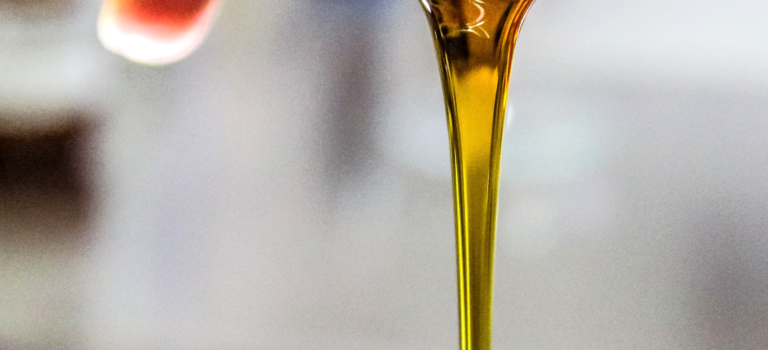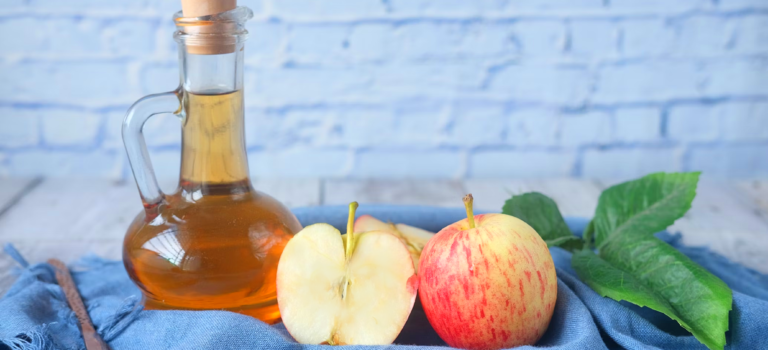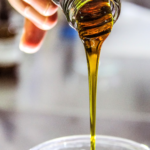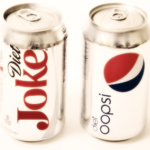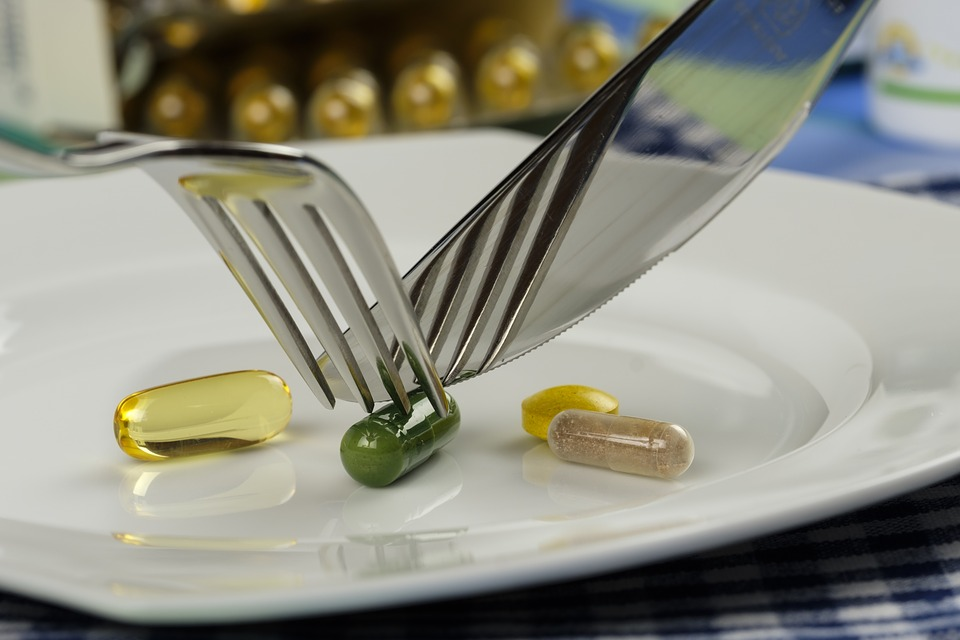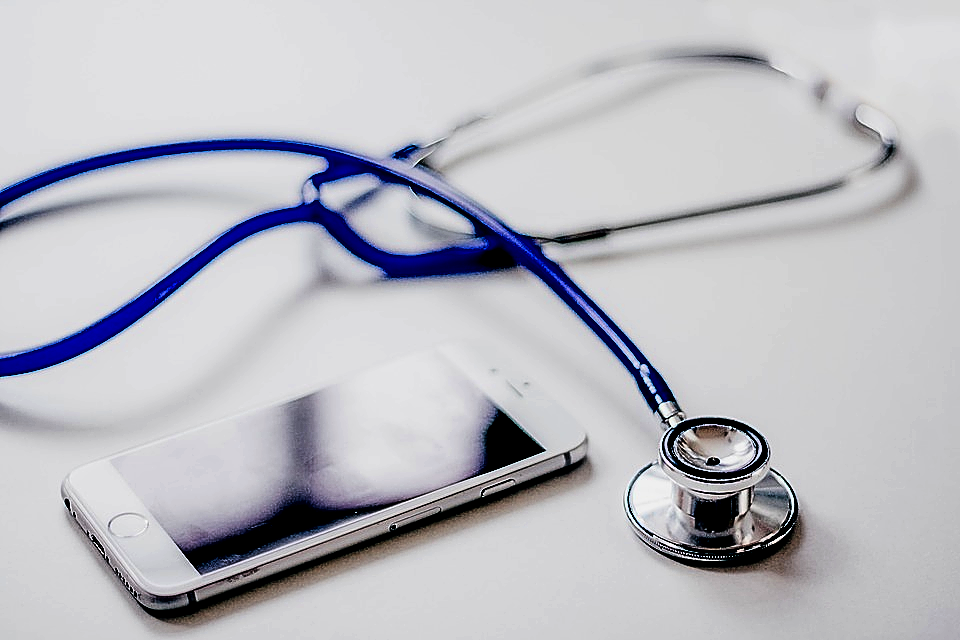GERD (gastroesophageal reflux)
Symptoms of GERD can occur no matter how much acid is produced by the stomach. Because the tissues of the esophagus are so delicate, GERD is often treated with acid reducing medications to protect the esophagus, not because your stomach is making too much acid. For people with GERD whose acid production is normal or low, treatment with these medications can create or worsen a pre-existing problem, and contribute to the development of nutrient inadequacies. There is a theory that closure of the valve between esophagus and the stomach, the lower esophageal sphincter or LES, is regulated by the acidity of stomach contents. However, studies have shown that the mechanisms in LES regulation are more complicated than this, so research supporting the acidity theory is lacking.
High Cholesterol
A 2018 study that looked at metabolic response to red date vinegar found it significantly reduced blood cholesterol but did not have a significant impact on blood sugar regulation or liver enzymes in people with type 2 diabetes.[1]
High Blood Pressure
Although there have been many animal studies, especially those with rats, showing vinegar’s antihypertensive effects, research on human response does not yet support this finding.[2]
High Blood Sugar and Weight Loss
Findings with respect to blood sugar control and weight loss have been mixed. Some studies have found no effect [3], while others have found clinically significant effects [4]. Consuming vinegar might be helpful for some people but it should not be solely relied upon for weight management or treatment of any kind of diabetes until larger controlled studies demonstrate.
Resistance to Infections and Modulation of Immune Function
Use of the vinegar to treat infection dates back to Hippocrates in 400 BC. Various studies have demonstrated the ability of vinegar to inhibit the growth of many types of infectious organisms, and some studies show it can be an effective treatment for mild infections, including ear infections. [5] There is some limited evidence that vinegars could modulate immune response in allergies by altering the proteins that trigger the hypersensitivity. [6]
As popular as apple cider vinegar is for its palatability, all kinds of vinegars have health-promoting properties. Vinegar’s use as a home remedy does have some scientific support, but, as the case with many things, the support is equivocal and is strongest in respect to lowering cholesterol and blood sugar. While vinegar consumed as a food with meals can contribute to better health, caution should be used with supplemental vinegar, as it can be a causative factor in corrosive injury [7] and osteoporosis [8].
References
[1] A double-blinded, randomized, placebo-controlled study evaluating the impact of dates vinegar consumption on blood biochemical and hematological parameters in patients with type 2 diabetes, 2018
[2] Functional Properties of Vinegar, 2014
[3] A double-blinded, randomized, placebo-controlled study evaluating the impact of dates vinegar consumption on blood biochemical and hematological parameters in patients with type 2 diabetes, 2018
[4] Potential Uses of Vinegar as a Medicine and Related in vivo Mechanisms, 2017
[5] Vinegar Functions on Health: Constituents, Sources, and Formation Mechanisms, 2016
[6] EFFECT OF VINEGAR TREATMENT ON ALLERGENICITY OF Macrobrachium rosenbergii, 2018
[7] Vinegar: Medicinal Uses and Antiglycemic Effect, 2006; Acute Oral Acetic Acid Intoxication: A Case Report, 2009
[8] Hypokalemia, Hyperreninemia and Osteoporosis in a Patient Ingesting Large Amounts of Cider Vinegar, 1998


